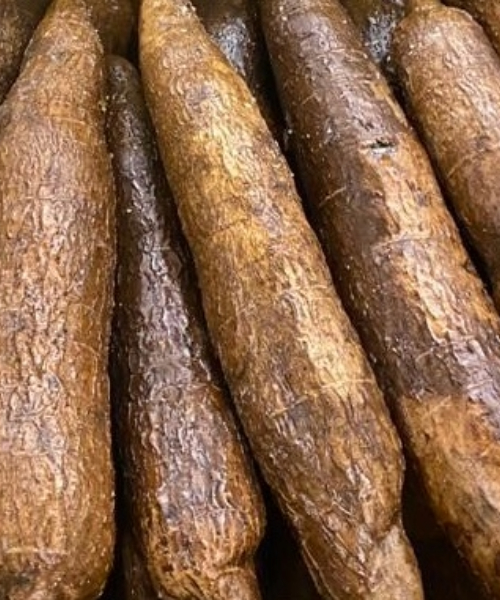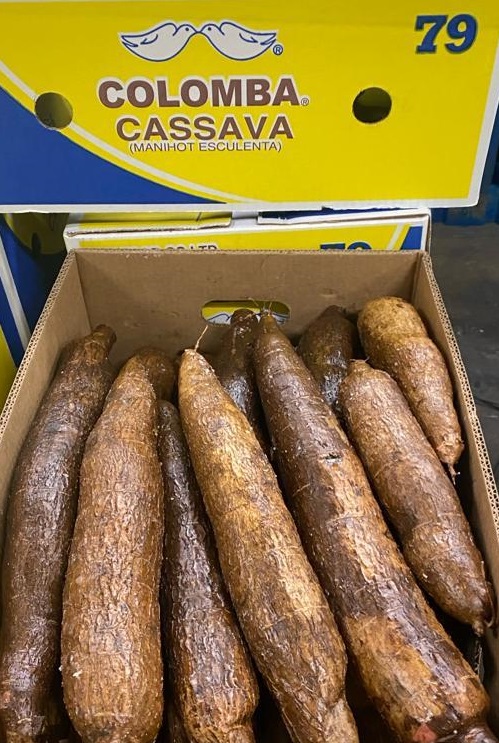A Culinary Staple with Global Reach.


A Culinary Staple with Global Reach.


1. Origin and Cultivation
Cassava, scientifically known as Manihot esculenta, is a starchy root vegetable that originated in South America. Brought to Africa by Portuguese traders in the 16th century, cassava found a new home where it adapted well to various climates, becoming a vital crop across the continent.
2. Culinary Versatility
Cassava is prized for its culinary versatility, with both the tuberous root and its by-products finding their way into an array of dishes. From savory to sweet, cassava offers a canvas for creative culinary exploration.
Staple in African Cuisine
In many African countries, cassava is a dietary staple, featuring prominently in dishes such as "fufu" or "gari." Fufu is a starchy side dish made by boiling and pounding cassava into a smooth, dough-like consistency, often served alongside soups and stews.
Latin American Delights
In Latin American cuisine, cassava takes on various forms. "Yuca," as it is commonly known in the region, is a popular ingredient in traditional dishes like "casabe," a flatbread made from cassava flour, and "yuca con mojo," where cassava is boiled and served with a garlic-infused sauce.
1. Energy Source
Cassava is rich in carbohydrates, serving as a valuable energy source. The complex carbohydrates in cassava provide a sustained release of energy, making it a staple in regions where it constitutes a significant portion of the diet.
2. Vitamins and Minerals
While cassava is not particularly high in vitamins, it does contain essential minerals such as potassium, manganese, and folate. These contribute to overall health and well-being.
3. Dietary Fiber
Cassava contains dietary fiber, promoting digestive health and helping to maintain a sense of fullness. Including cassava in the diet can contribute to a balanced and fulfilling eating experience.